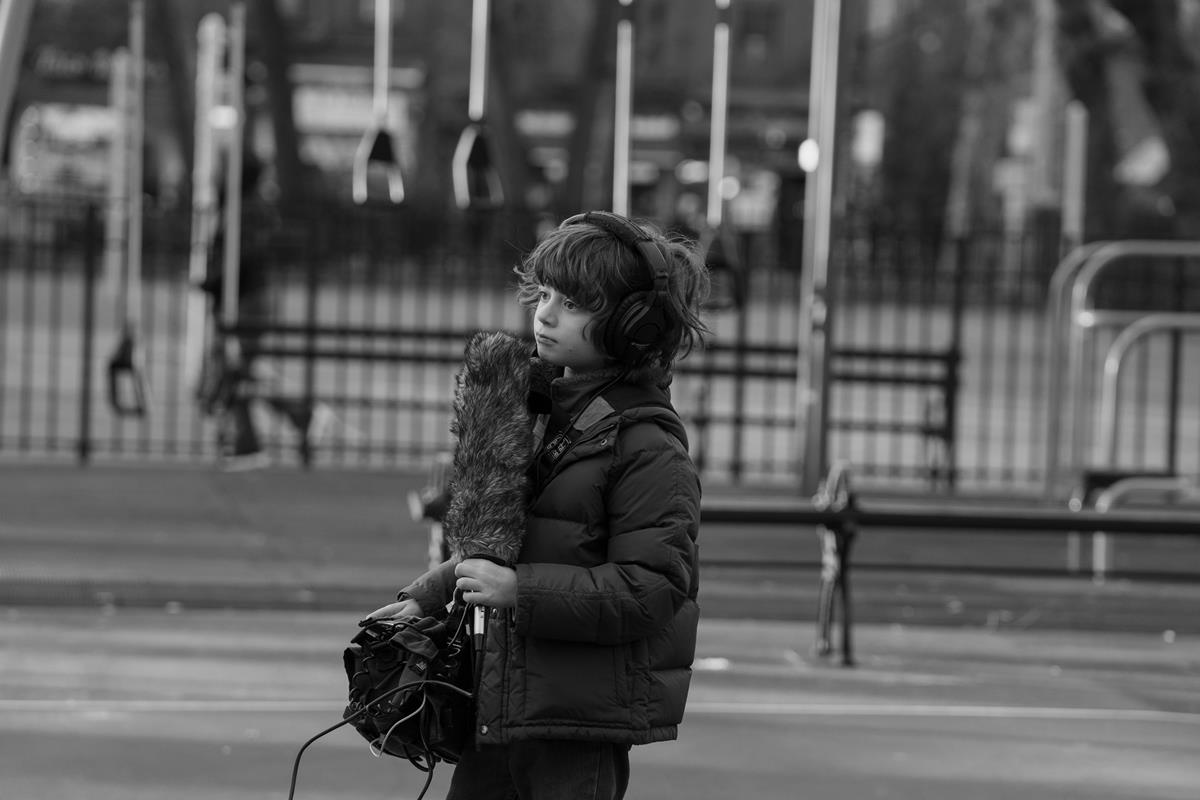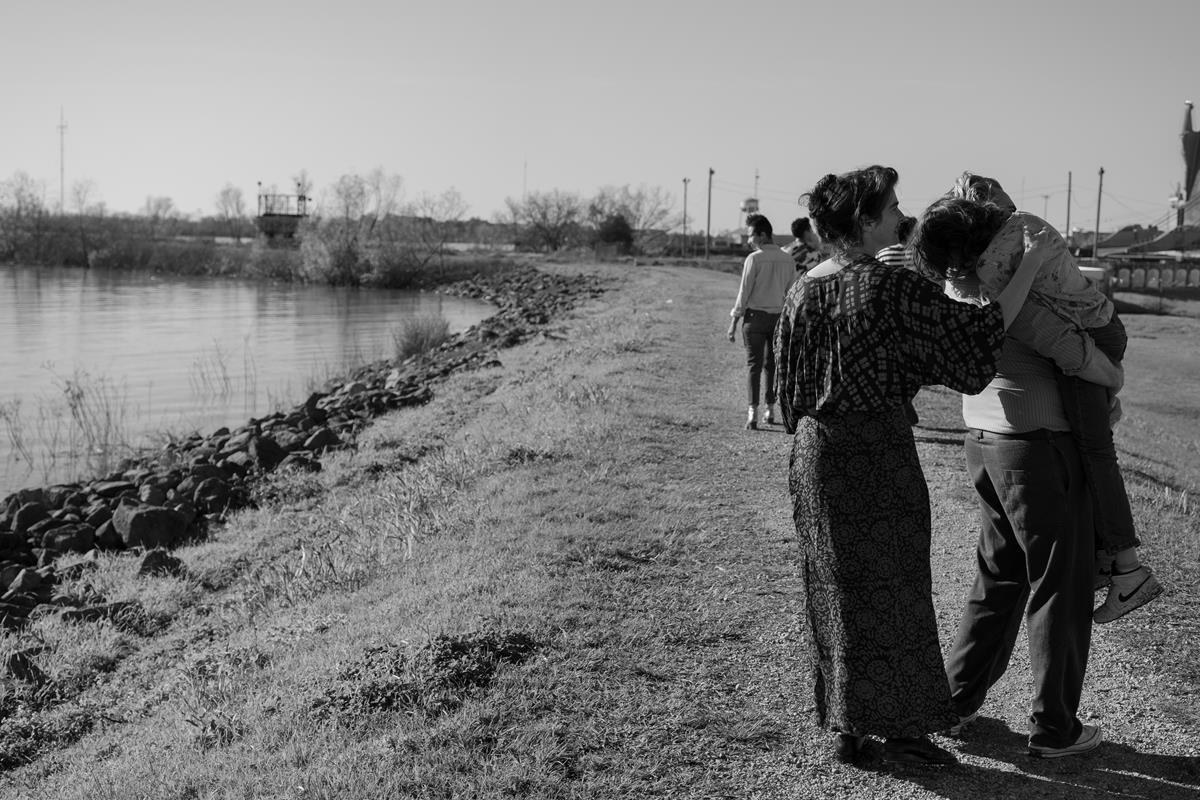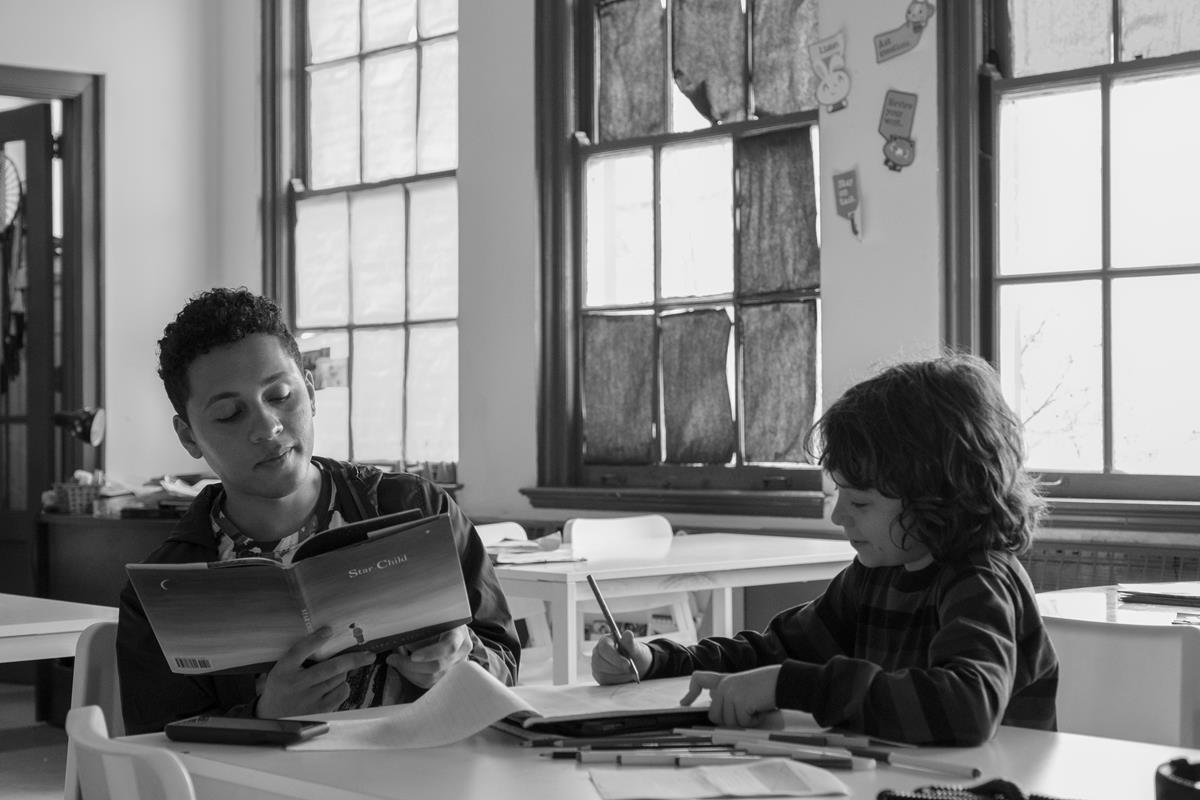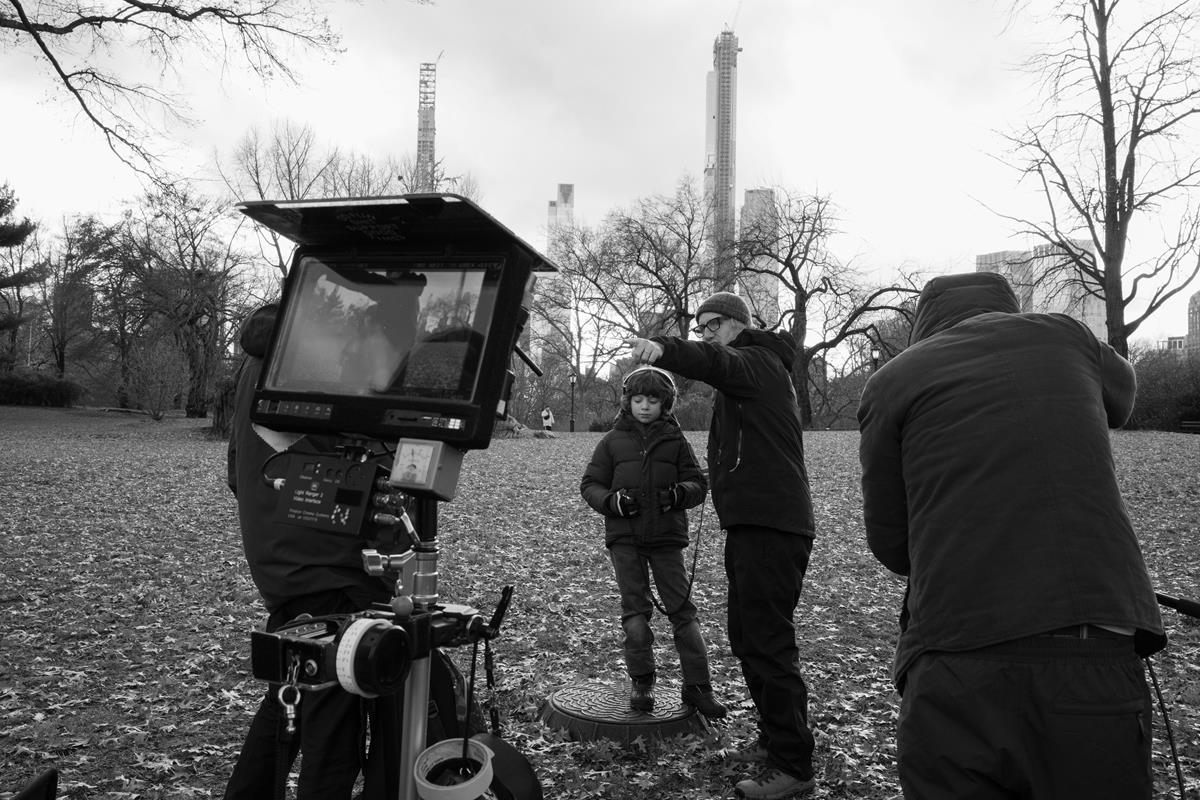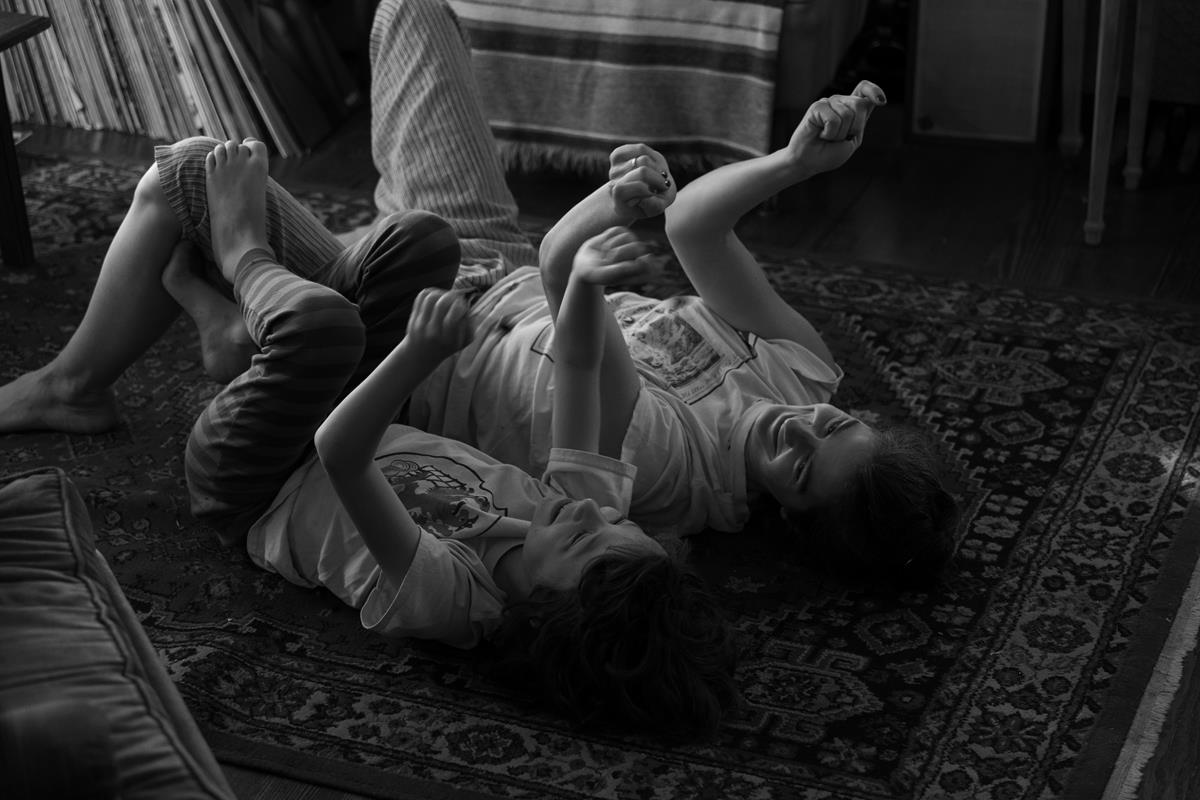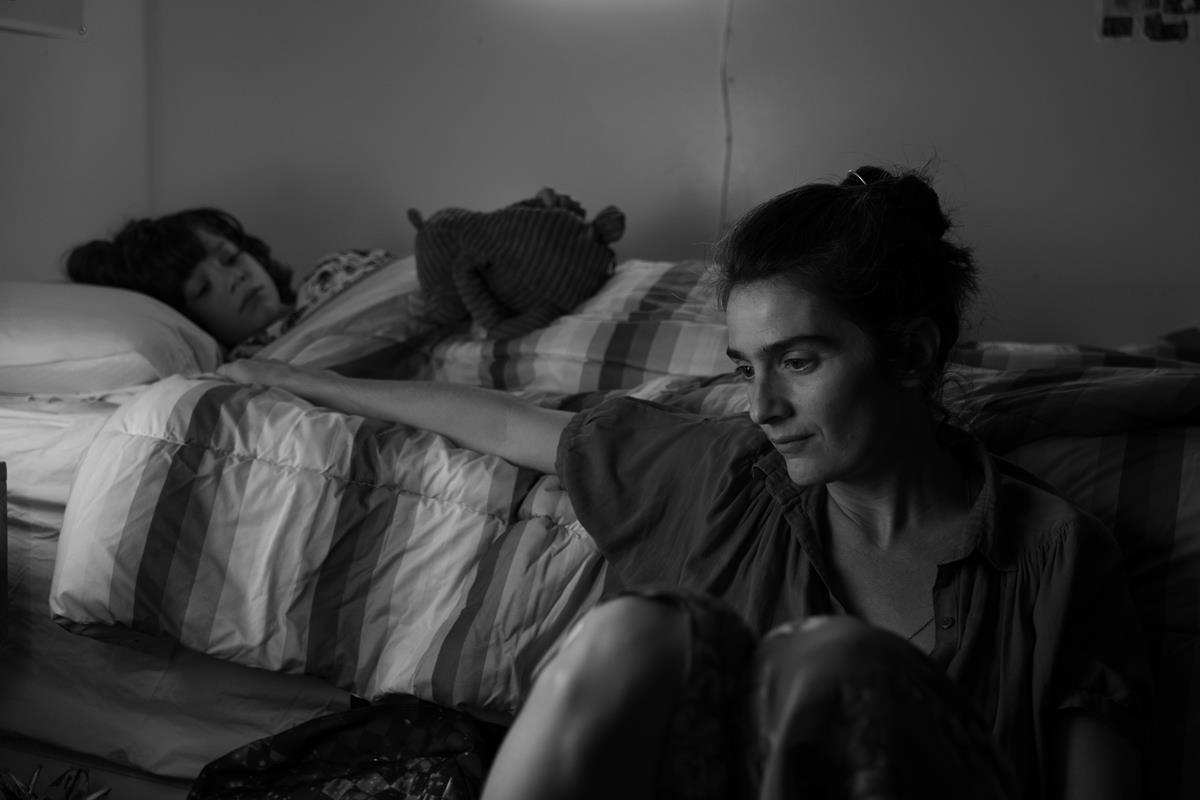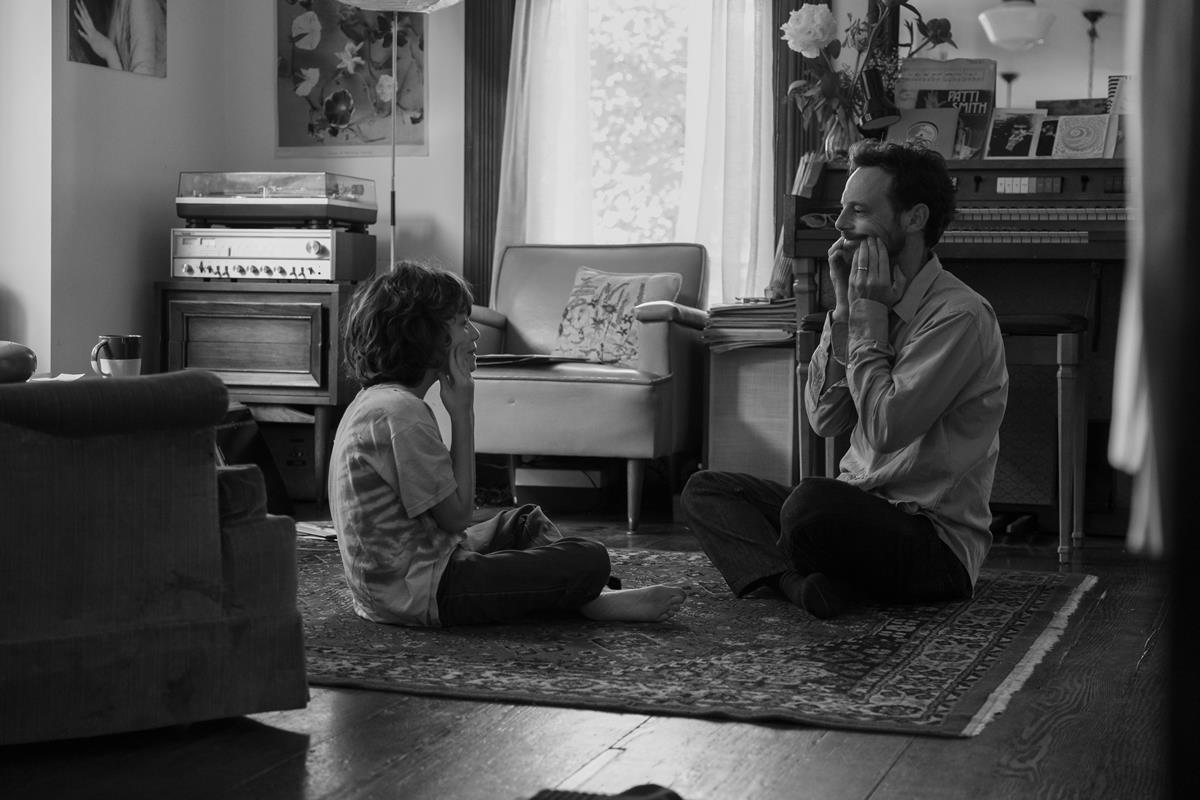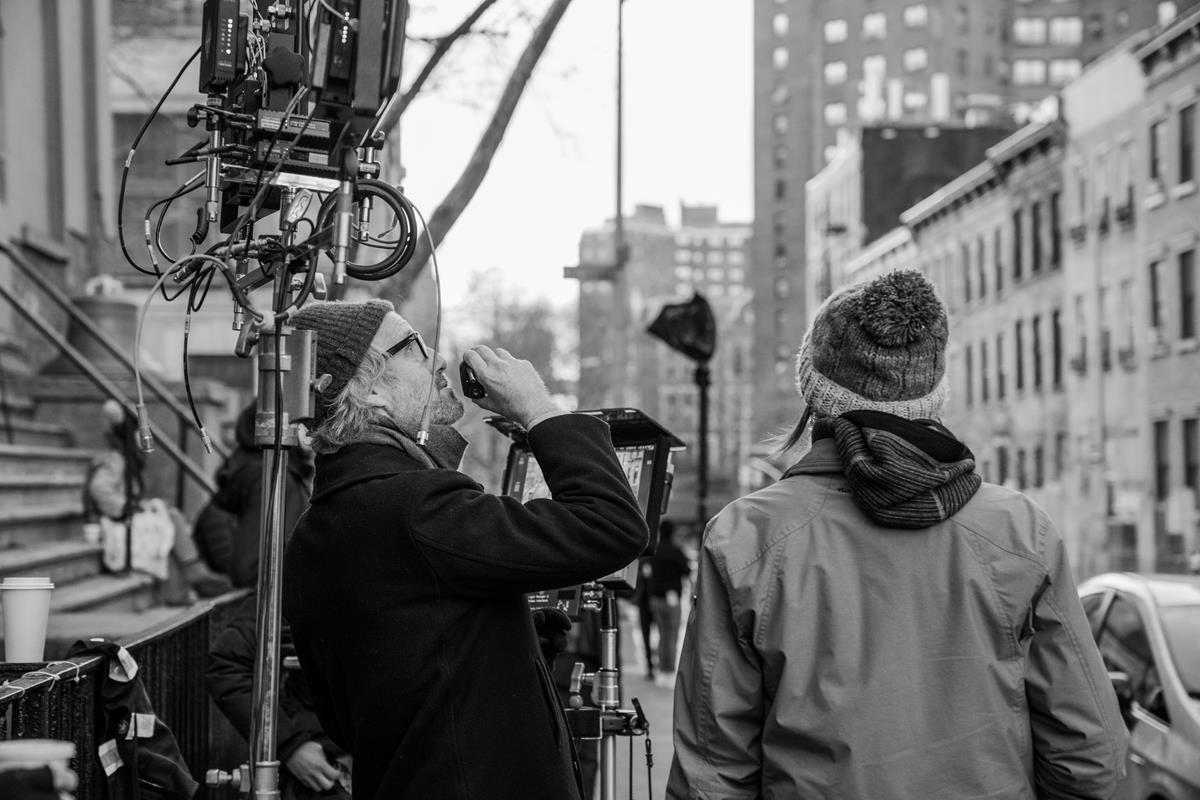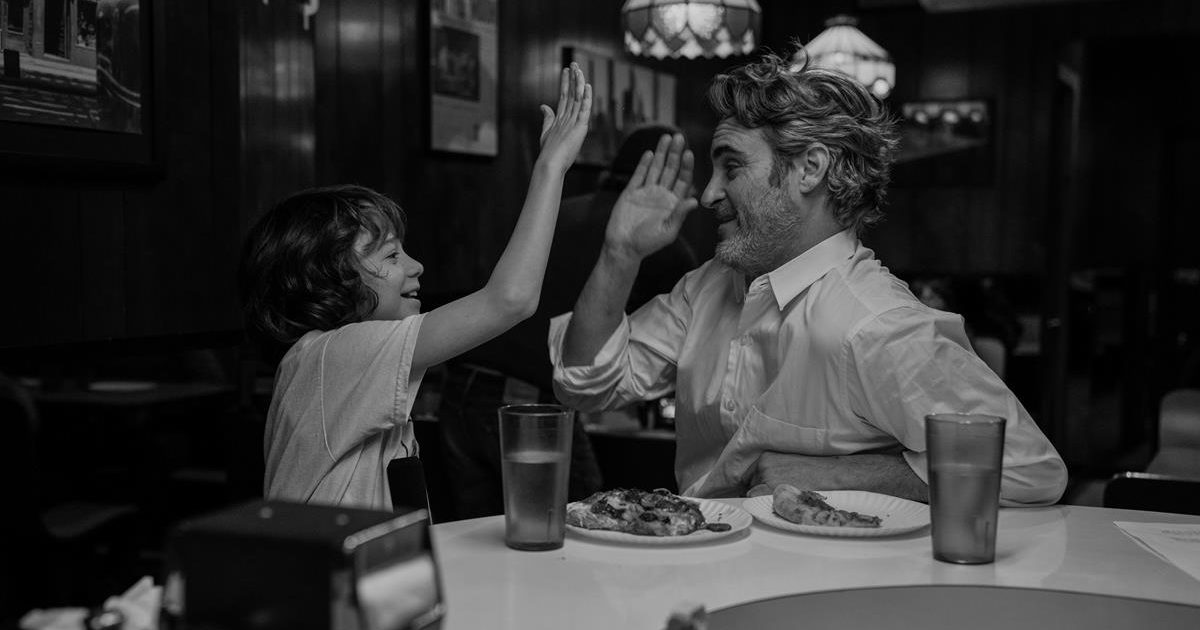
Writer/director Mike Mills loves his actors and they in turn love him and his stories. In a an episode of In the Envelope: The Actor’s Podcast, from Backstage, he sings the praises of on-camera muses like Christopher Plummer, whose performance in Beginners earned him an Academy Award, and Annette Bening in 20th Century Women, which earned Mills accolades aplenty, including an Oscar nod for original screenplay.
READ MORE: Mike Mills on Why Writer-Directors Must Follow the Actor’s Lead (Backstage)
LIGHTS, CAMERA, ACTION! SPOTLIGHT ON FILM PRODUCTION:
From the latest advances in virtual production to shooting the perfect oner, filmmakers are continuing to push creative boundaries. Packed with insights from top talents, go behind the scenes of feature film production with these hand-curated articles from the NAB Amplify archives:
- Savage Beauty: Jane Campion Understands “The Power of the Dog”
- Dashboard Confessional: Ryusuke Hamaguchi’s “Drive My Car”
- “Parallel Mothers:” How Pedro Almodóvar Heralds the New Spanish Family
- “The Souvenir Part II:” Portrait of the Artist As a Young Woman
- Life Is a Mess But That’s the Point: Making “The Worst Person in the World”
Mills never shies from talking about his feelings. His films teem with care, compassion, and affection. His characters exude love, or at least wish they were exuding love.
“It’s such a codependent relationship,” he told The Film Stage of working with actors. “I can’t do what they do at all. I need them so bad — especially me, because my whole thing is people and people’s interior lives.”
READ MORE: Mike Mills on Taking Detours, Geometric Filmmaking, and the Tenderness of C’mon C’mon (The Film Stage)
His latest is C’mon C’mon, a light comedy-drama starring Joaquin Phoenix and Woody Norman as an uncle and nephew, respectively. Like most stories he writes, the film consists of people spending time together, talking about their emotions — or, more aptly, trying to talk about their emotions. Because sometimes these conversations are hard, especially when you’re having them with someone 30 years younger (or older) than you.
C’mon C’mon finds Mills in pursuit of some semblance of hope for the future. Following Johnny (Phoenix), an NPR-esque radio reporter, who travels across the country in search of children’s views of the years to come. Jesse joins his uncle on the trip as his mother, Johnny’s sister, goes to be with his mentally ill, hospital-bound father.
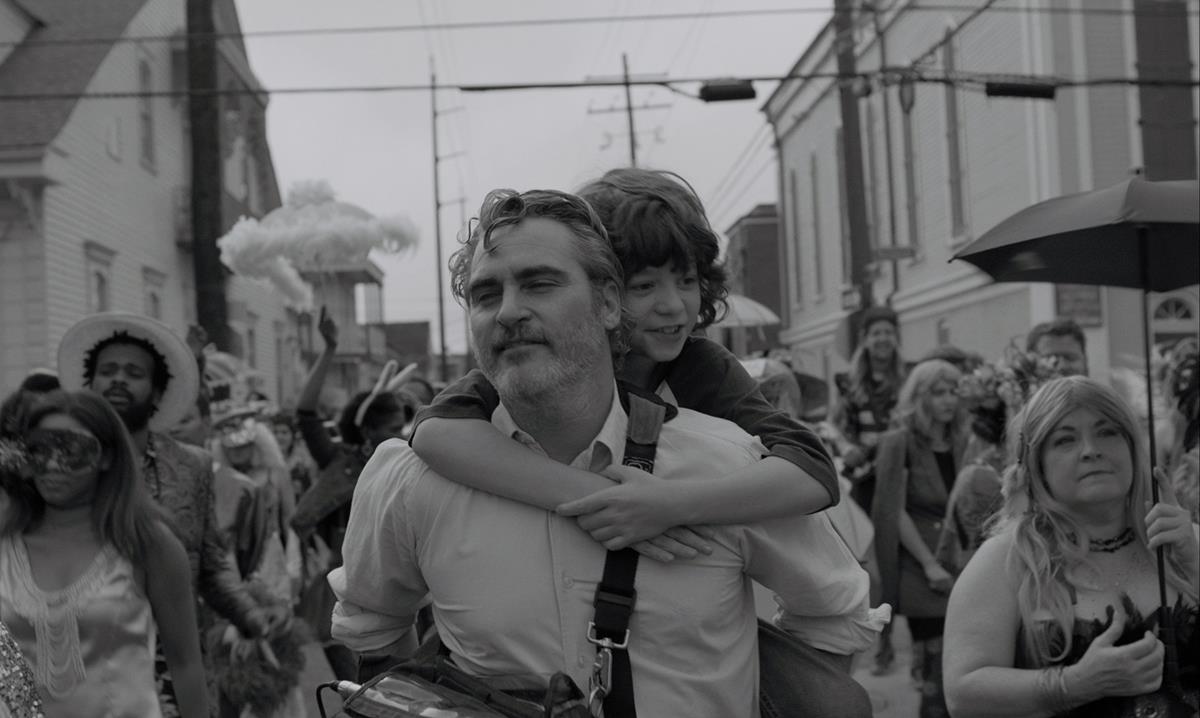
Intercutting the pair’s experiences are real interviews done in search of some larger truth, highlighting a diverse group of teens and pre-teens who voice the same fears and dreams as kids living thousands of miles away. Inevitably, Johnny and Jesse form a gentle bond as the movie progresses, built out of shared time and shared family, as the black-and-white landscapes of several American cities drift behind them.
Below The Line expanded on how Mills’ person life intertwined with the movie. As with Mills’ other films, C’mon C’mon is another typically human character study from Mills that’s inspired as much from his own personal life from becoming a father, as it allows Phoenix to really shine in a far more grounded role than something like Joker (for which Phoenix won an Oscar). It also introduces the world to fresh young talent in Woody Norman, who few will realize is British, since he seems to come across like such a typical American kid.
READ MORE: Director Series: Filmmaker Mike Mills Talks about Making C’mon C’mon (Below The Line)

C’mon C’mon is another black-and-white movie, which is in vogue at the moment in this awards season — Belfast, The Tragedy of Macbeth and Passing all choosing the aesthetic. Variety brought up the choice with Mills, who had called up The Favourite’s DP Robbie Ryan to shoot the movie with the idea of similar rich imagery.

“I freaking love black-and-white movies,” Mills says. “It’s not a binary choice. It’s part of the history of cinema.
“Robbie and I loved the Emma Stone Queen movie, The Favourite, and I like to shoot with no lights. I like shooting with just very little stuff, so I knew that Robbie was down with that. But then also The Favourite had a really strong, classic quality to me, especially in the framing of the close-ups. I knew I wanted that.
“It kind of goes with the use of black and white. I did want a touch of like Casablanca in this movie to me. The coverage is very clean singles. It’s very classic in a way, just the centered locked-off clean singles. That’s like as old as can be, that kind of coverage.”
READ MORE: Crafting the Sights and Sounds of ‘C’mon C’mon’ (Variety)
Initially Mills tested many of the monochrome cameras but because of budget ended up with a stock ARRI Alexa Mini. “We tested a bunch of cameras, and we ended up going with just a normal Alexa Mini, because we didn’t really have a ton of money, and we were traveling around a lot, and we’re doing a lot of documentary stuff.
“There are only two of those Monochrome Alexas, and they’re very expensive. So, we just couldn’t afford it, and we looked at it, we tested it, and we were happy with what we can get on the normal Alexa.
“I love so many black and white movies; I wish there were just more. But then with this story… there’s a lot of reasons. I kept thinking of it as a drawing, like with the immediacy and intimacy of a drawing, as opposed to a painting, and like the sketchiness of it, something that can only be black and white.
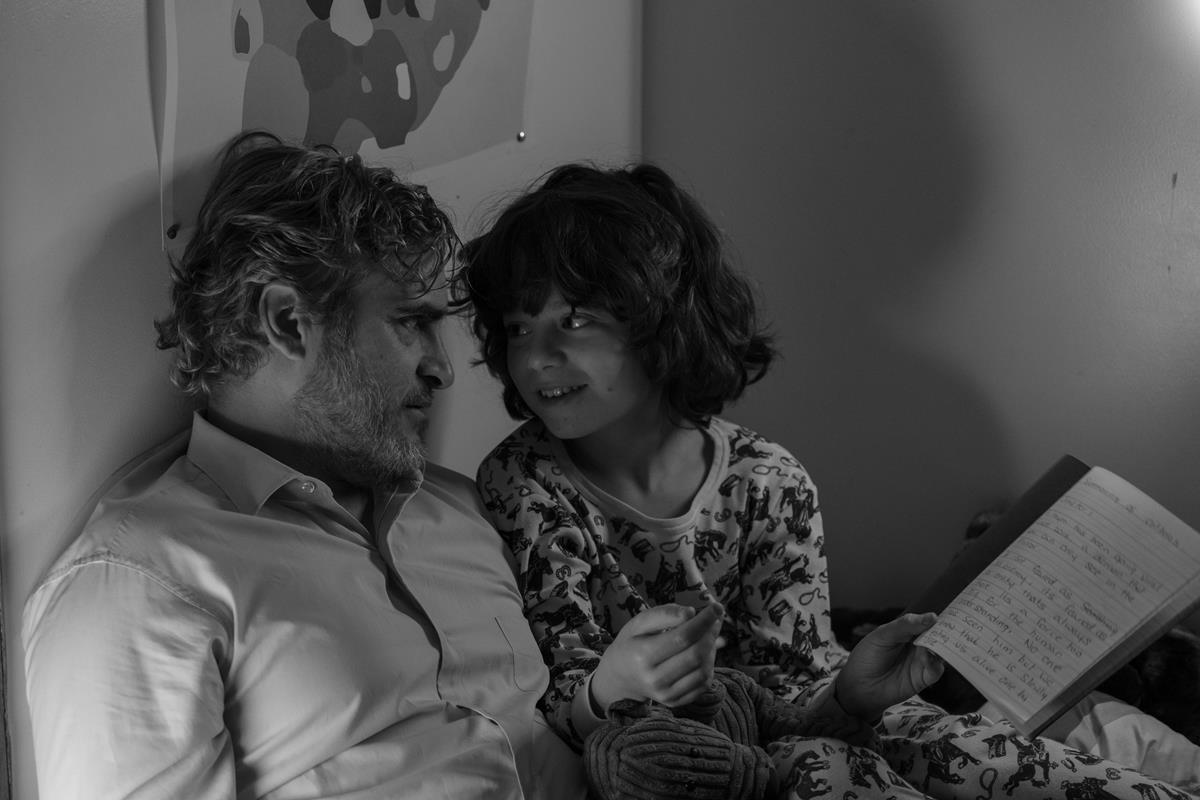
“And then, yes, there’s a documentary quality to this movie, but really, there’s also like a archetypal father-son story going on, which is ancient and almost like a fable. Black and white, I thought was a really good framing for that fable part of it. It takes you out of reality, and it takes you out of our time, and kind of transcends time a little bit. “
That was the main reason, this spectrum of going between a fable and a documentary. Black and white is kind of a great thing for doing that, because black and white is trippier than I think most people, because it’s really so abstract. We never see the world in black and white.

Want more? Listen to Mills discuss the making of C’mon C’mon in an episode of In the Envelope: The Actor’s Podcast, from Backstage, in the audio player below:
You can also listen to the A24 podcast episode, “This Odd Situation with Mike Mills and David Byrne,” where Mills and Byrne discuss a series of wide-ranging topics including the world of childhood, collaborators as playmates, the Wim Wenders Easter eggs in C’mon C’mon, black-and-white movies as their own species, bingeing Hitchcock movies during the pandemic, an more:
In an episode of The Wrap’s “How I Did It,” actor Woody Norman is brought to tears discussing his mother’s influence and how he and director Mike Mills worked together to create certain scenes:


